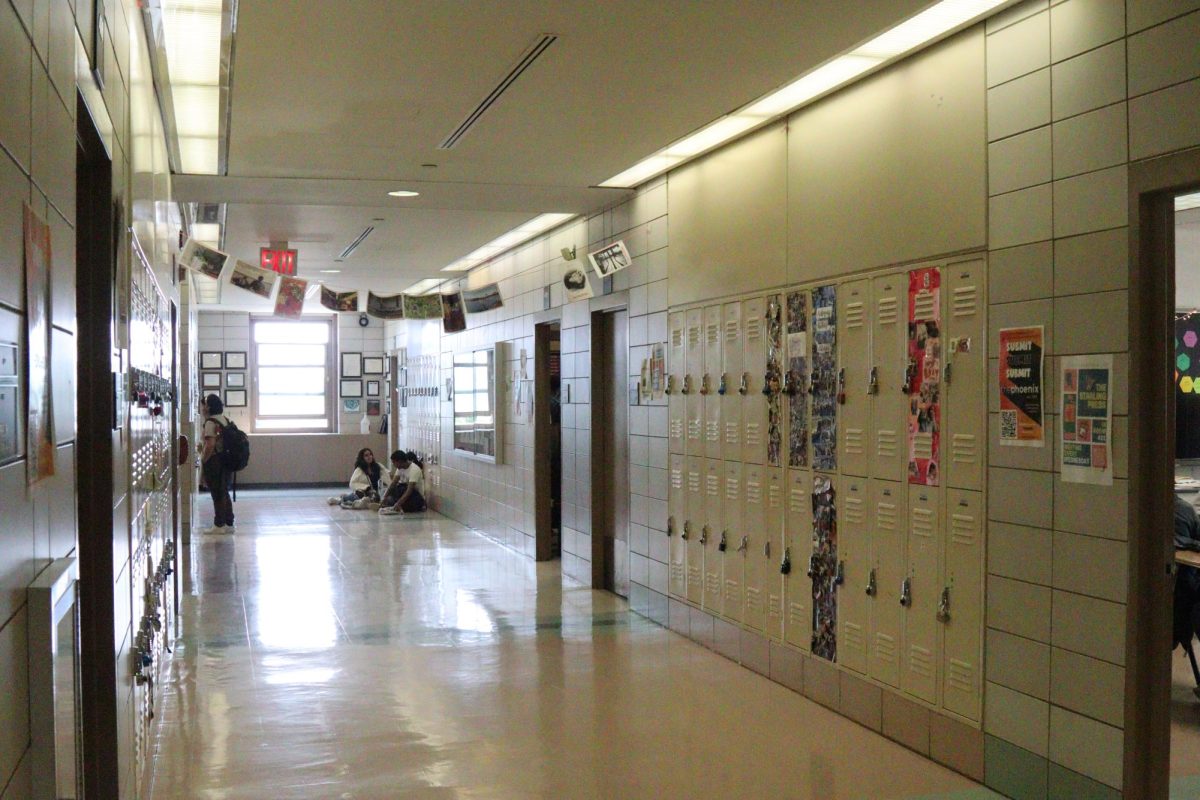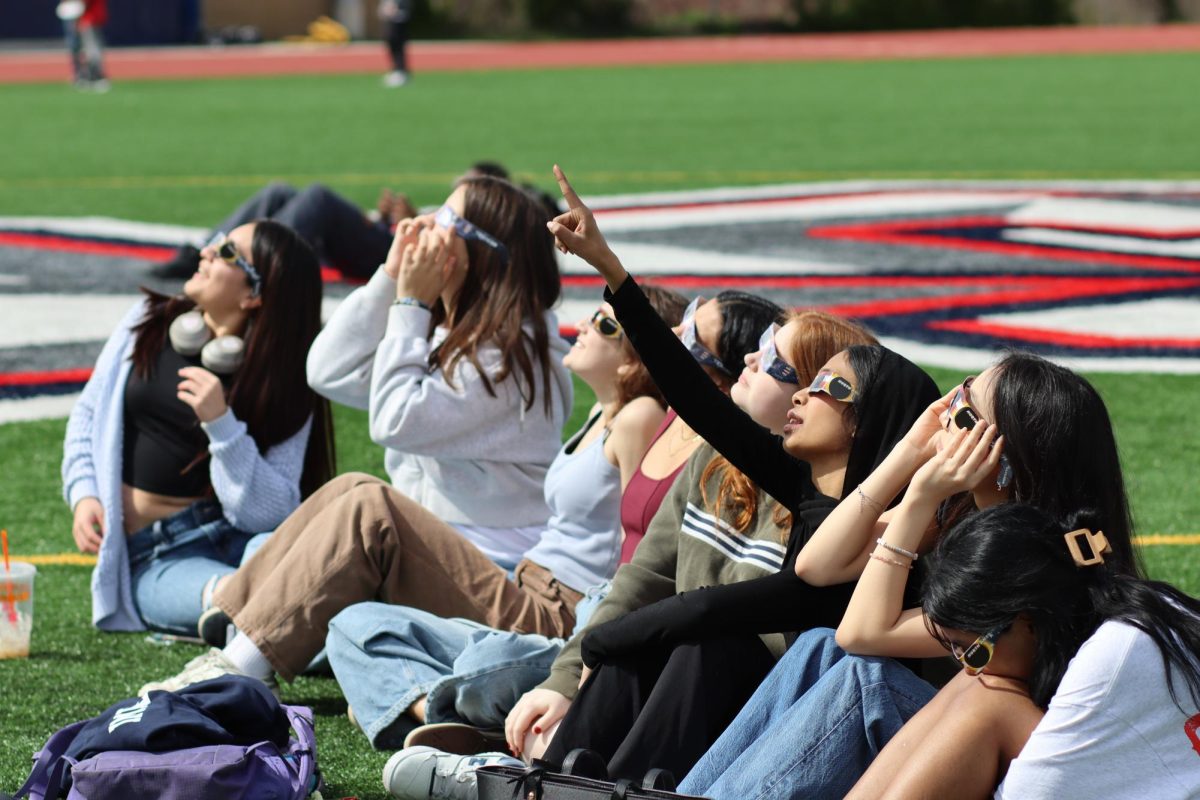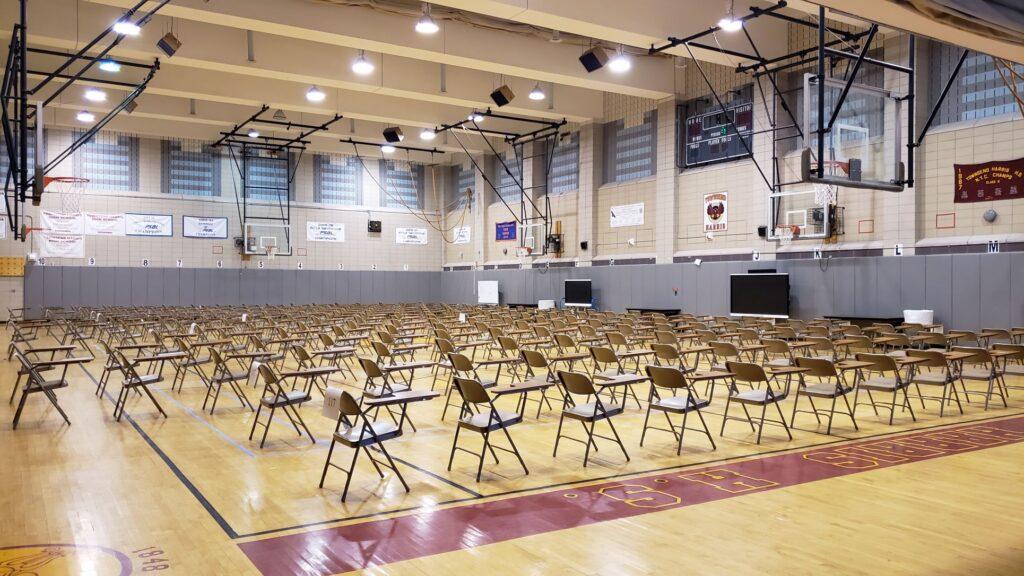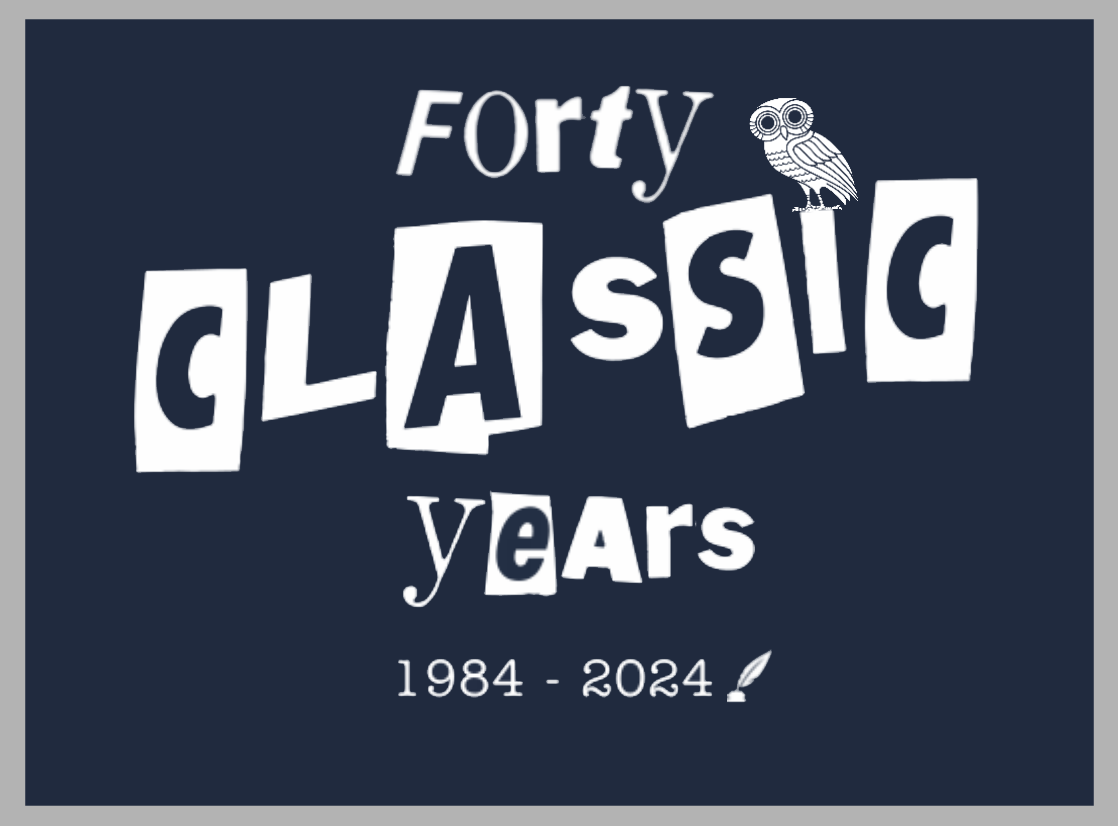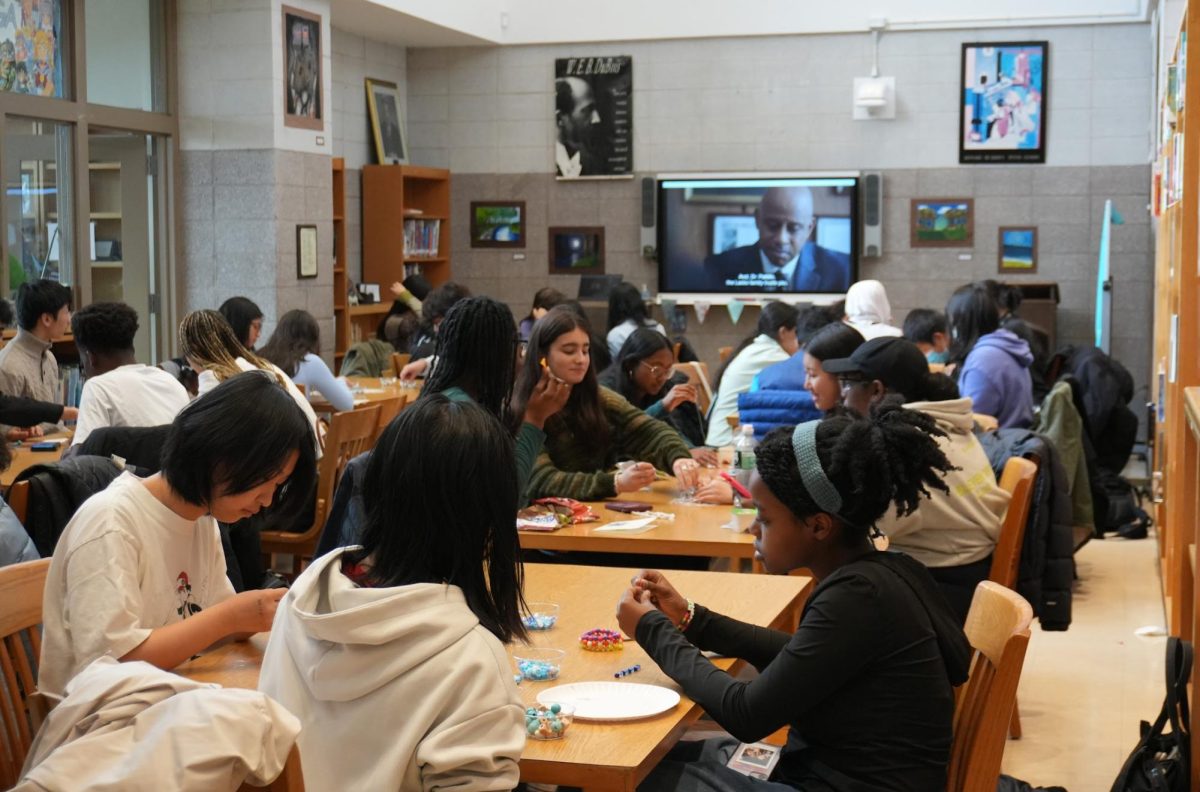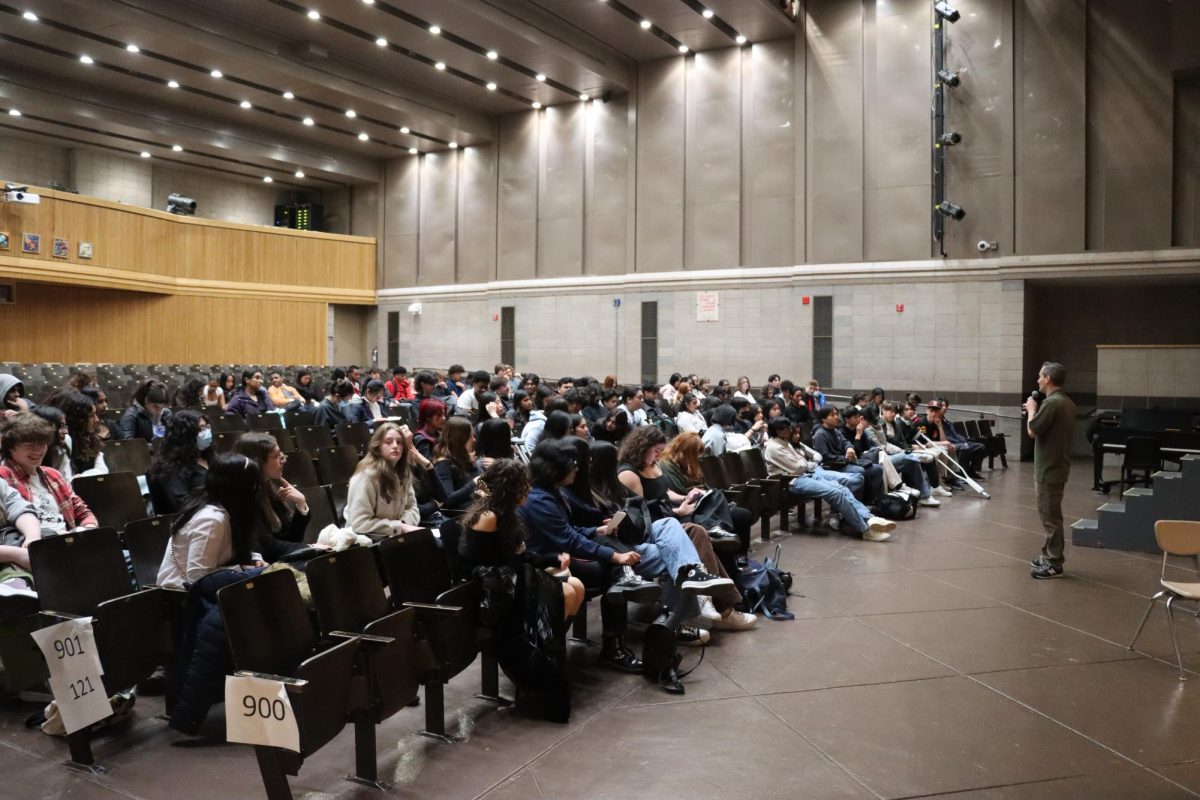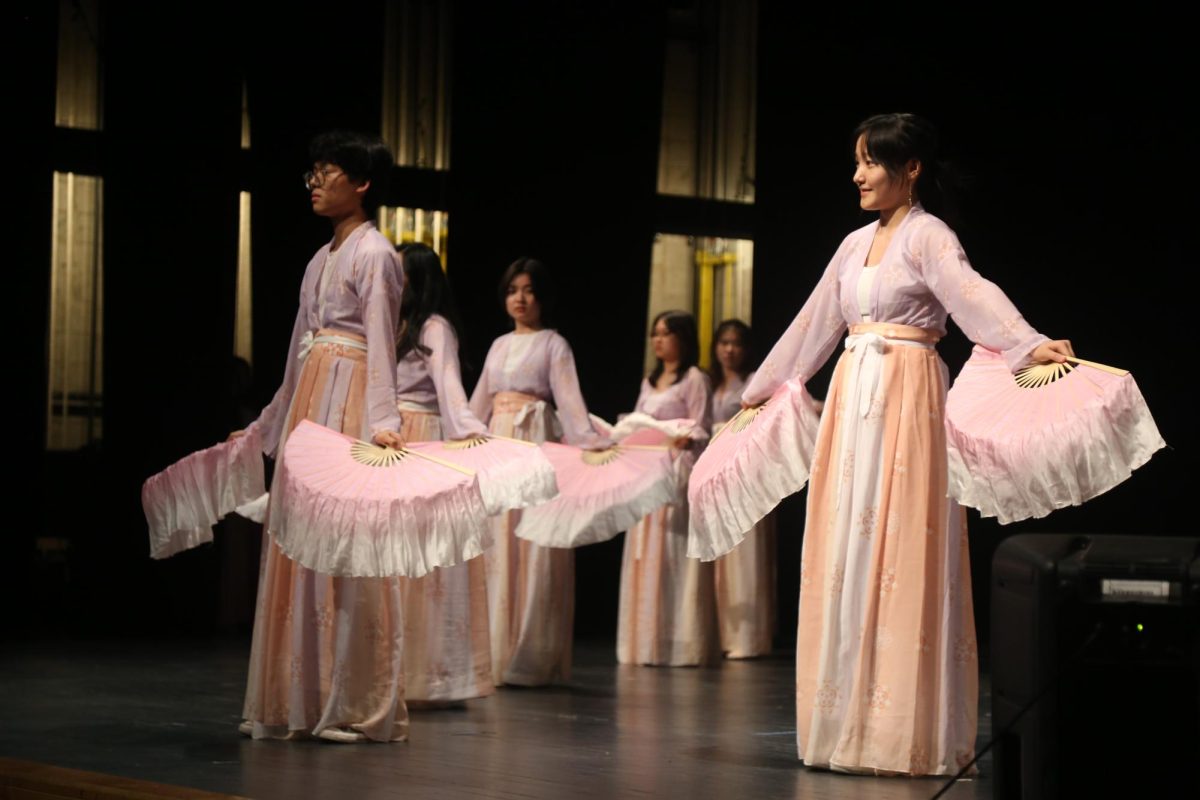
Australian scientists have created a “bionic spine” in order to help paraplegics possibly regain their ability to walk again. This three centimeter spinal insert has given hope to paralyzed patients that can regain their ability to move their limbs.
The stent, consisting of 12 electrodes, would be placed alongside the brain’s motor cortex. The bionic spine is inserted through a catheter through a blood vessel that leads to the brain. The bionic spine travels through this vessel until it is resting on the motor cortex. Here, it is able to pick up nerve impulses. These impulses are then sent to a device implanted in the shoulder of the patients which then send a signal to the limb to move via bluetooth.
However, these limbs do not move on their own; the bluetooth signal is sent to a robotic exoskeleton that the user wears. This exoskeleton moves when the user’s weight shifts from leg to leg. Patients rehabilitating in therapy are currently the primary consumers of this product. Therapists practicing his technology first utilize a step generator software to map the pattern of their patients’ steps, which in turn decides on how many steps the users should be taking within every session.
The implant could also help patients with epilepsy and Parkinson’s Disease because it grants patients the ability to control their limbs.
As of modern technology, the bionic spine and its accompanying exoskeleton are only found in hospitals under the supervision of therapists and doctors. However, by 2020, it may become commercially available to the public. Once this invention becomes commercially available we could see students, once unable to attend certain institutions because of accessibility, able to go anywhere with this new exoskeleton.

